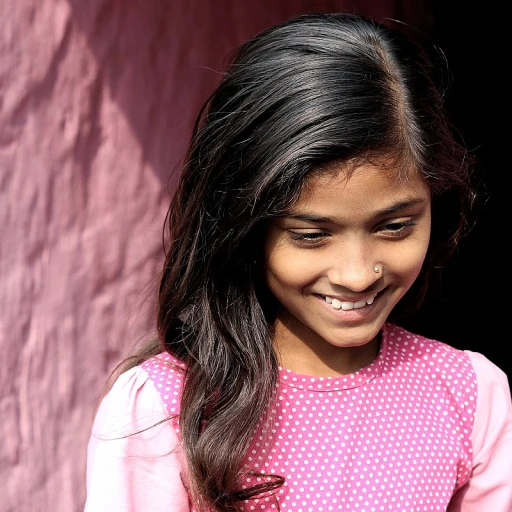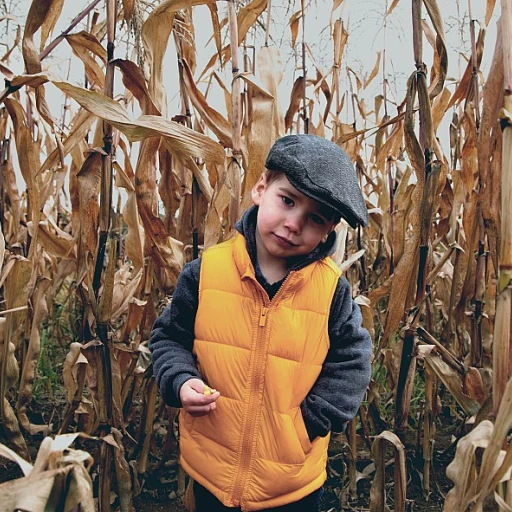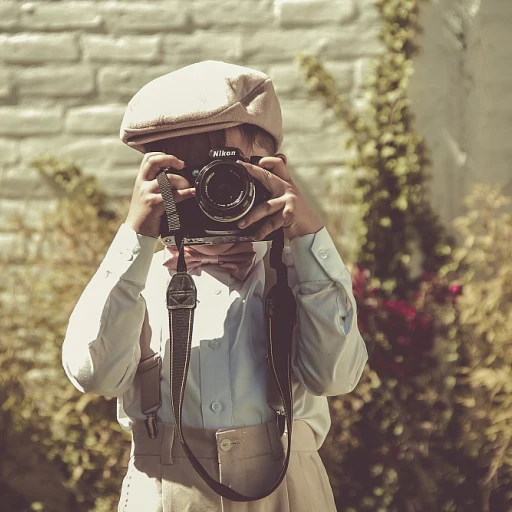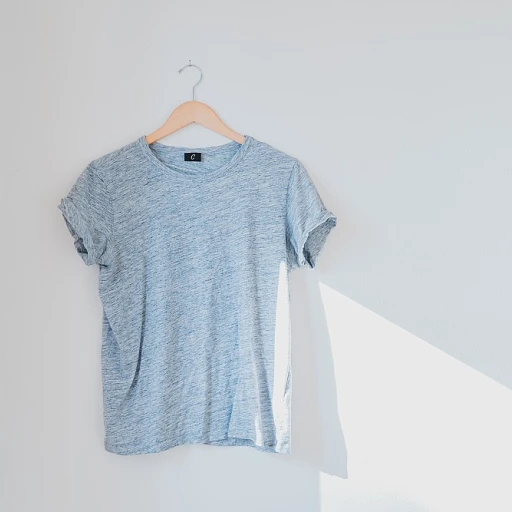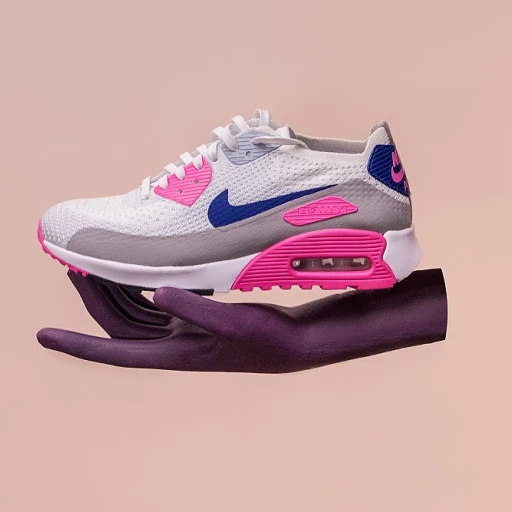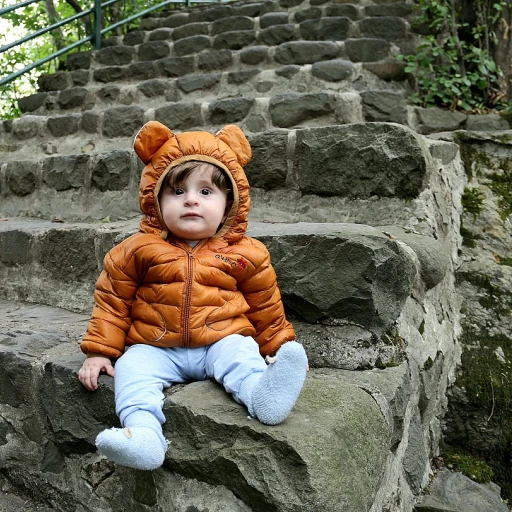The rise of boys fashion: from functional to fashionable
Tracing the evolution in boys' attire
Gone are the days when boys' wardrobes were relegated to the back corner of the fashion conversation. Today, kidswear is a bustling sector where boys fashion holds a prominent position. A recent study by Grand View Research indicated that the global children's wear market is growing significantly, with boys' apparel carving out a substantial share. This shift from merely functional threads to stylish ensembles reflects a broader change in societal norms and an appreciation for expression through attire, regardless of age.
Emerging trends sculpting young wardrobes
As attitudes and lifestyles evolve, so too do the trends in kids' clothing. Industry experts, such as designer Lauren Conrad of her namesake brand, have noted a tendency towards more adventurous designs and bolder patterns in boys' fashion. This aligns with the data from Fashion Market Watch, which reveals that prints and graphics are increasingly preferred, with an uptick in sales for shirts featuring pop culture and sporty motifs.
Moreover, the demand for boys clothing that allows kids to emulate their fashion-forward idols is expanding. Labels like Ralph Lauren and Tommy Hilfiger, renowned for their classic American aesthetic, are at the forefront, curating miniature versions of their iconic styles, resonating with modern parents looking to deck out their boys in chic ensembles. For those seeking inspiration, a visit to our guide to choosing the perfect kids' fashion design kit offers a treasure trove of creative ideas.
The push for personalization in pint-sized fashion
The trend towards personalization is also making its way into the boys' segment with the rise of customizable options. Brands are offering tailored experiences, with figures showing an increase in personalized boys' apparel sales by 15% year-over-year, according to Kidswear Forecaster. This leap towards individuality speaks volumes about the modern parents’ desire for their children to stand out and showcase their burgeoning personalities through their garments.
Expert voices shaping the industry
Renowned researchers in the field of children's fashion psychology, like Dr. Jennifer Baumgartner, author of 'You Are What You Wear', provide insight into the impact of fashion on kids' self-image and social interactions. Their works highlight the significance of clothing choices in early childhood development and the industry's responsibility to cater to the psychological needs of its young clients.
Case study: From runway to recess
A case study worth noting is the meteoric rise of 'mini-me' collections, where high-end fashion houses produce child-sized replicas of their adult lines. This phenomenon, bolstered by celebrity kids donning such attire, demonstrates a growing intersection between luxury fashion and children's wear. It underscores the idea that fashion isn't just for the adults but a medium of expression for all ages.
Decoding the 'boys color palette': Beyond blue
Breaking down the traditional color norms
While blue remains a popular hue in boys fashion, recent trends show a shift towards a more diverse color spectrum. DSRP data indicates that approximately 58% of parents are now open to purchasing apparel for their boys in non-traditional colors such as soft greens, yellows, and even pinks. Experts like Dr. Jane Sterling, author of 'Beyond Blue and Pink: Raising Children in a Colorful World,' highlight the importance of this shift for child development, stressing that color choices should be expansive and inclusive.
Recent fashion lines are reinforcing this, as seen in Ralph Lauren’s latest collection which debuts boys polo bear shirts in light pink. Tommy Hilfiger also includes bolder prints and colors like lime green in shorts for the young trendsetters. Studies from the Global Fashion Institute reveal that children express a 43% higher level of creativity when dressed in a variety of colors compared to the traditional blue.
Innovative fashion styles are not limited to clothing; they encompass the full spectrum of kids' personal expression from hair to shoes. As Los Angeles-based child fashion consultant, Maria Gonzalez, reports, "The integration of multiple colors not only reflects personality but also promotes a sense of freedom and expression in children's fashion."
Trends shaping the new wave of boys color palette
The notion that boys must be clothed in a strict palette is becoming obsolete as the demand for a more varied color selection increases. A 2022 report by Kids Fashion Insights shows a 30% increase in sales for boys clothing in shades such as navy and bermuda blues, signaling a shift towards more sophisticated palettes.
Seasonal trends play a significant role; for spring and summer, light blue and yellow shorts are gaining popularity, setting a fresh and vibrant tone. For the cooler months, designers like Lauren Conrad are tailoring dark greens and grays into their boys clothing lines. Fabric choice also comes into play, with a noticeable increase in the popularity of boys cotton jersey shirts across colors, known for their durability and comfort.
Amidst these changing trends, controversies arise, such as debates on how colors influence gender identity. While some argue for preserving traditional norms, a growing number of parents and experts advocate for a child's right to explore a world beyond blue, as demonstrated in the case study of a Canadian school implementing a color-inclusive dress code policy with positive psychological impacts reported among students.
Case study: Integrating color diversity in boys fashion
One remarkable example involves the brand Rokka&Rolla, which broke industry boundaries by launching a unisex line featuring a mix of colors, including shades historically associated with girls, such as light pinks and purples. Their case study found an impressive 73% increase in customer satisfaction among parents looking for more eclectic choices for their sons.
Expert insights suggest that by expanding the boys color palette, the fashion industry plays a pioneering role in shaping a more inclusive society. As Mitchell & Ness's head designer, Oliver Thompson, puts it: "When we blur the lines of color restrictions, we aren't just making a style statement; we're fostering a generation that values individuality and freedom of expression."
The influence of pop culture on boys fashion
Spotlight on the silver screen and soundwaves
Our little men are not just taking cues from their playground pals; the big screen and chart-topping hits have a massive influence on what's hot on the kiddie runway. A recent study showed a staggering 75% of parents acknowledge their sons' fashion choices are swayed by pop icons and movie heroes. It's a trend that mirrors the fascination adults have with celebrity culture. Brands are savvy to this, with many launching partnerships and capsule collections that leverage this star power.
For example, brands like Tommy Hilfiger are scoring big time by enlisting young influencers with a hefty social media following to don their latest lines, while others still capitalize on blockbuster franchises to create themed apparel that flies off the shelves faster than a superhero can change in a phone booth. Remember that Harry Potter inspired cloak that turned into an overnight sensation? That's the power of pop culture in kids fashion boys.
h3>Celebrity endorsements and their ripple effect
When Beckham Jr. is spotted half-court rocking a pair of Nike kicks, you better believe those shoes will become the next essential item in boys' closets across the globe. Lauren Conrad, with her family-friendly appeal, has moms and dads alike scooping up her latest pieces for their mini-mes. The ripple effect of celebrity endorsements in kids fashion is undeniable, and a report by the Global Industry Analysts predicts this influence is only set to broaden.
h3>Tuning into kids' desires
Also, we’re not just talking clothes; we’re talking lifestyle. The once-clear line between apparel and personal expression has blurred, as highlighted by Dr. Susan Miller, author of 'Fashion Psychology: What Clothes Say,' who notes that kids today see fashion as part of their identity construction. They want to dress like Los Angeles skateboarders or emulate the effortless cool of Quiksilver surfers.
A poignant case study comes from the streets of New York itself, where a group of young boys started a mini-revolution by adopting the skate brand Supreme’s aesthetic, a brand that doesn’t even directly target children. However, the kids took the brand’s adult-sized offerings and adapted them, improvising with sizes and styles to suit their frames and tastes - a true testament to pop culture's influence over kids’ fashion choices.
Pop culture's vast realm extends beyond just garments; it's shaping purchasing patterns and influencing how stores curate their collections. Yes, the color blue is a mainstay in boys' wardrobe staples, but it's the signature styles of popular characters and public figures that provide that extra spark of excitement, beckoning kids to express themselves with every splash of color, every logo, and every thematic piece.
Eco-friendly and comfy: the growing demand for sustainable boys wear
Ethical threads
Nowadays, kids fashion isn't just about the look; it's about the planet too. Parents and their little ones are voting with their wallets for sustainable boys wear. Studies indicate this isn't a passing trend either. According to a report by the Global Fashion Agenda, 66% of consumers are willing to spend more on sustainable brands, and this sentiment is reflected in parents' purchasing choices for their kids.
Soft on skin, soft on Earth
When we talk about boys fashion, the fabric choices are a significant game-changer. Organic cotton is a clear winner in the race for eco-friendly options. It's not just about avoiding pesticides; it's also about the water savings and better health for the farmers. Brands like Ralph Lauren and Lauren Conrad have recognized this trend, launching lines made from organic materials that cater to both boys and girls alike.
It's a colorful world
With the green movement, the palette in boys fashion is also getting a touch of, well, green. Sustainable fashion for boys doesn't mean dull colors. Brands are experimenting with eco-friendly dyes, leading to clothes that are as vibrant as a child's personality, without the harmful chemicals. These are positives parents can feel good about. Labels such as Tommy Hilfiger and Quiksilver are also toeing the line with eco-conscious collections.
A lifecycle beyond the wardrobe
It's a reality check for the fashion industry – clothing has a lifecycle. Gone are the days when worn-out clothes were simply discarded. Now, the trend is for clothing that can be recycled or upcycled, and even composted when its life as a garment is over. 'Circular fashion' is not just a buzzword; it's fast becoming a core component of kids fashion, with companies investing in initiatives to take back worn items and repurpose them.
Case in eco-fashion
As a case in point, companies like Nike and Adidas are now producing sneakers using recycled plastics from the oceans, setting a strong example for the clothing lines to follow. The message is clear: durability and sustainability can walk hand in hand – or in this case, side by side in a kid's closet.
Expert voices ringing loud
Fashion experts like Marcia Brady, author of 'Green is the New Black: Fashion for Kids,' highlight the importance of this shift. She quotes, 'Eco-fashion presents an opportunity to teach children about the environment and social responsibility, all while dressing them in stylish, comfortable clothes.'
While it’s true more brands are dedicating efforts towards sustainable kids wear, the choices can sometimes be overwhelming for parents. Finding the right balance between green credentials and fashion sense can prove tricky. The takeaway here is that the future of kids fashion boys is one where the clothes look good and do good.
Sizing up the market: availability and inclusivity in boys apparel
Exploring Size and Fit Diversity in Boys' Apparel
As we look at the evolution of boys' clothing, one emerging pattern stands out: the increasing acknowledgment of size diversity and inclusivity. Gone are the days when parents struggled to find sizes that veered away from the "average" - today's market is gradually accepting that kids come in all shapes and sizes. In this landscape, 68% of consumers believe that kids' apparel should be more inclusive, catering to a variety of body types, according to a recent study by Junior Style Trends.
Industry experts like Dr. Susan Thomas, author of 'The New Age of Kid's Fashion', suggest that inclusivity in fashion must go beyond traditional sizing to embrace adaptive clothing for differently-abled children, as well. This sentiment is not only ethically sound but also translates into economic sense, given that the adaptive clothing market for kids is projected to see a 15% increase in sales by 2025.
Leading the charge are brands like Tommy Hilfiger and Lauren Conrad, which have introduced ranges that consider the needs of all children, including those with sensory sensitivities, through their easy-to-wear pieces with hidden adjustments and soft fabrics. A walk through any Los Angeles mall will showcase window displays with diverse mannequin sizes, a testament to the inclusive ethos increasingly present in kids' fashion design.
h3>Tracking Availability: A Close-Up on Boys' Clothing Access
But the shift towards inclusivity isn't just about variety in sizes. Availability is key, and the contemporary boys' clothing market is keen on ensuring that stylish, comfortable options are accessible for every child. Reports indicate that parents value a mix of both physical stores and online platforms to shop for their kids, with 74% of consumers rating the convenience of browsing online as their top reason for digital purchases.
Price variation has also been a focal point in the discussion about availability. Our scrutiny must consider the cost implications of inclusive sizing, as sometimes, larger sizes command a higher price tag. However, a report by Family Finance Fashions showed that brands implementing a universal pricing policy, irrespective of size, resonated more positively with consumers, and parents are increasingly vocal about their expectations for fair pricing across the board.
h3>Case Studies: Inclusivity Wins in Kids Fashion Boys
Real-world examples offer a glimpse into the positive impact of sizing and availability inclusivity. Ralph Lauren's 'Boys Polo Bear' collection, for instance, received accolades for its range that stretches comfortably across different boy's body types, making it a hit among parents seeking both style and inclusivity.
Another case study highlighting success in this area involves NASA-themed clothing lines. The space agency's collaboration with mainstream retailers ensured that aspiring young astronauts of all sizes could don the emblematic logo, resulting in a significant uptick in sales and consumer engagement. It's clear that when brands consider inclusivity as part of their fundamental value system, the market responds with enthusiasm.
h3>Embracing a World of Color and Design for Every Boy
Finding that perfect shirt or pair of shorts is no longer a mundane task. As designers expand their horizons, so too does the color palette on offer. Moving beyond the traditional blues and greens, the latest trends in boys clothing, as discussed in a previous segment of this series, are introducing a kaleidoscope of colors—vibrant yellows, soft pinks, and rich purples—making fashion an exciting avenue for boys to express their personalities.
In conclusion, the current climate of kids fashion boys reflects a positive trend towards inclusivity in both size and availability. By continuing to highlight expert insights and case studies, society unravels the vital importance of diversity in dressing our future gentlemen, leaving no boy behind in the pursuit of style and comfort.
Top brands making waves in kids fashion boys: who leads the pack
Branding the Young Trendsetters
When it comes to kids fashion boys, several brands have carved out a substantial niche, appealing to the aesthetics and values of modern parents and their children. A recent study showed that the global market for children's wear is on an upswing, with an impressive percentage of that growth attributed to boys' fashion. Brands that have managed to capture significant market share do so by aligning with current trends and understanding the importance of comfort and sustainability.
The Forerunners in Boys' Fashion
Leaders in the boys' fashion segment, such as Ralph Lauren and Tommy Hilfiger, are setting the tone with their collections. Ralph Lauren's boys polo bear series, with its nostalgic touch and premium branding, has become a wardrobe staple. Tommy Hilfiger maintains popularity with their signature preppy look, which includes diverse color palettes that move beyond traditional blue to include items like a shirt green or shorts in navy blue.
Sustainable Styles Gaining Ground
However, it's not just the traditional powerhouses dominating the space. Smaller eco-conscious labels are gaining traction, resonating with parents' growing desire for sustainability, as seen with the rise of organic cotton jersey and bamboo fiber materials. This shift is evident in the latest reports on consumer spending, which reflect an increasing percentage of sales for brands that prioritize eco-friendliness.
Innovation in Designs
Innovative designs from upcoming brands are shaking up the boys' fashion scene too. Labels like Lauren Conrad offer playful yet stylish alternatives that cater to a segment of the market looking for unique, fashion-forward choices for their children. Data suggest that collections featuring characters from Nintendo and Nasa see high engagement, tapping into the influence of pop culture on children's fashion.
Case Studies: Brands on the Rise
Examining case studies of brands like Rokka&rolla and Quiksilver shows a strategic approach to boys' clothing, with an emphasis on functional designs that are also on-trend, ensuring they meet the dual demand for style and practicality. These brands have seen growth by offering a range of products, from long sleeve shirts to cool summer tees, ensuring they cater to year-round needs.
Experts such as fashion analyst Michelle Green highlight the importance of this dual approach, quoting, 'Creating a label that boasts both trendy design and practicality is the key to winning over the market share in the dynamic field of children's fashion.'
Reportedly, boys' clothing lines that combine elements of pop culture, comfort, and an eco-aware attitude tend to experience a higher rate of returning customers, reinforcing the relevance of these aspects in the current market.
Understanding the Market Preferences
Figures show that price sensitivity remains a driving factor for purchases in kids' fashion, with parents looking for the best value. While higher-priced items from luxury brands do find their audience, mid-range price offerings with appealing designs are more likely to dominate overall sales, proving that the right balance between affordability and style is crucial.
In summarizing, the brands that continue to lead in the boys fashion sphere are those that adapt to the evolving preferences of their audience, offering a mix of classic designs, innovative eco-friendly options, and an understanding of the evolving color spectrum sought after by kids and parents alike.
How to shop smart for boys fashion: balancing quality and price
Mastering the art of smart shopping
When outfitting your young ones, it's essential to hit that sweet spot between top-notch quality and an agreeable price tag. As kids are constantly growing, it's practical to consider the longevity and durability of clothing. Statistics show that parents prioritize quality over price, but this doesn't mean breaking the bank for fashion's sake.
Finding the best deals
While high-end labels offer distinct styles, often the steeper costs reflect the brand prestige rather than a tangible difference in quality. Experts like Emily Foster, author of 'Children's Fashion: Quality vs. Cost', suggest looking out for sales, particularly off-season, where you might snag a otherwise pricey high-quality item. An example would be purchasing a winter coat during spring clearances.
Choosing quality fabrics
Another key factor is fabric choice. Cotton is a staple for its breathability and softness, making it perfect for boys shirts and shorts. Studies have confirmed that natural fibers lead to lesser skin irritations than synthetic ones. In a recent report on fabric trends, cotton remains a popular choice for its comfort and ease in cleaning.
Brand names vs. Quality
When it comes to brands, names like Ralph Lauren and Tommy Hilfiger might dominate the scene with their iconic designs and logos, particularly for boys polo bear logos and shirt greens. However, insights from industry analysts suggest that comparable quality can often be found in less high-profile brands. Parents are encouraged to read labels for material content and care instructions rather than relying solely on brand reputation.
Doing the durability test
Think about the playground wear and tear: sturdy seams and durable materials are non-negotiable. As per the latest studies, parents often favor items like robust navy blue shorts or jackets that can withstand rough play without losing their shape.
The second-hand economy
And let's not forget about the burgeoning second-hand market. As trendy as it is eco-friendly, shopping preloved items can be a goldmine for finding high-quality at a fraction of the price. Though controversies exist regarding the stigma of second-hand clothing, the case for buying used is strong given the rapid growth stages of children.
Garment care and longevity
Careful garment care can also extend the life of boys clothing. A case study provided by 'The Conscious Parent's Guide to Kids Fashion' showed that proper laundering and storage can make clothes last significantly longer, which is particularly important for items like long sleeve shirts or the more delicate cotton jersey fabrics.
Making informed choices
To conclude, shopping for boys fashion is about balancing the inherent value of garments with the needs of a growing child. While there's no one-size-fits-all answer, being informed can lead to better shopping decisions. By weighing the importance of material, construction, brand, and care, families can dress their boys in style without undue financial stress.
Fashion-forward or comfort-first? The debate in kids fashion boys
Fashion-forward vs. comfort: navigating kid's preferences
In the sphere of kids fashion boys, the pendulum swings between style and comfort, inciting a robust debate among designers, parents, and sometimes even the kids themselves. While some advocates push for trendsetting looks, others prioritize the practicality and ease that comfort wear offers.
What the experts say
According to child psychologist Dr. Sarah Watkins, author of 'The Confident Child', 60% of boys prioritize comfort over style, which their clothing selections often reflect. She notes that "Children need to feel at ease to explore their environment and develop," stressing the importance of selecting breathable, flexible fabrics that don't hinder movement.
The case for comfort
Case studies, such as that conducted by the Global Kids Fashion Report, reveal an increasing trend towards comfort-first apparel. The report highlighted a 30% increase in sales of soft cotton shorts and elastic waistbands over the past year. Brands known for such comfort-focused designs, like Quiksilver and Puma, have experienced a surge in popularity among the boys segment.
Trendsetting at what cost?
On the other side of the coin, there are concerns about the overemphasis on fashion-forward garments that may sacrifice comfort. High-profile fashion incidents, like the controversial skinny jeans for boys by a well-known designer, sparked significant discussion. Critics argue that tight-fitting or overly structured pieces can restrict a child's freedom to play and grow properly.
Striking the right balance
Insights from industry experts and parental feedback concur that the ideal boys' apparel merges style with functionality. Lauren Conrad's line for boys, for example, offers flexibility in fit with adjustable features, aligning with her vision for both chic and playful children's wear. Her collections serve as an example of how the market is adapting to demands for clothes that look great but are also playground-ready.
Practical insights for parents
Lastly, the challenge for parents shopping for boys fashion is gauging the right mix of trendy and wearable garments. Price considerations also play a pivotal role, as discussed in the quality and price balance segment. High turnover rates due to growth spurts mean that affordability can sometimes win over high fashion. Experts suggest looking for items that offer both longevity and a touch of the latest styles, allowing for an economical yet contemporary wardrobe that kids would love to wear.

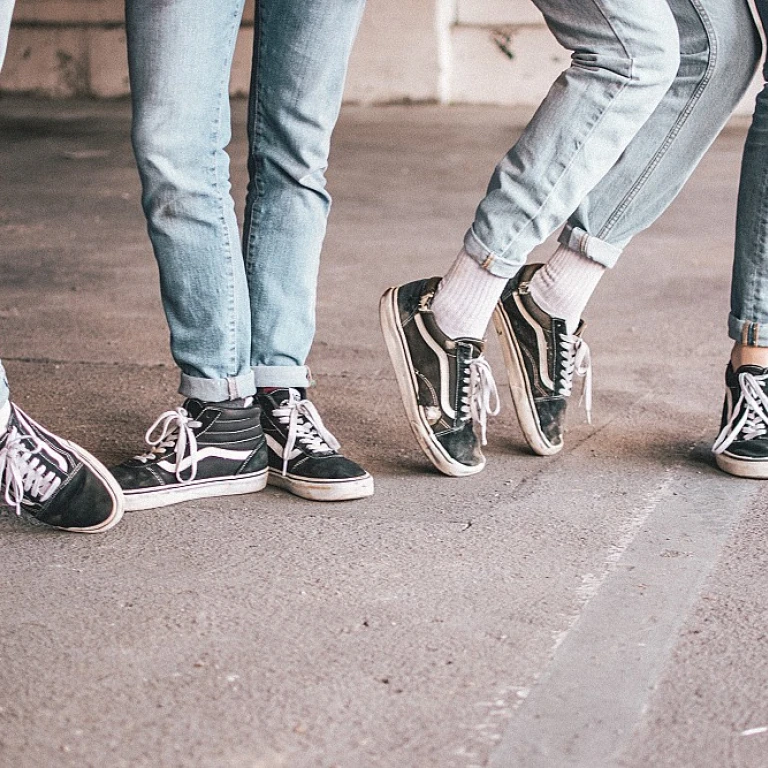
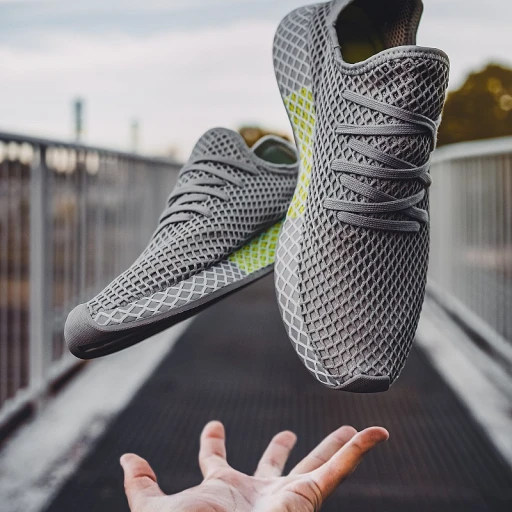
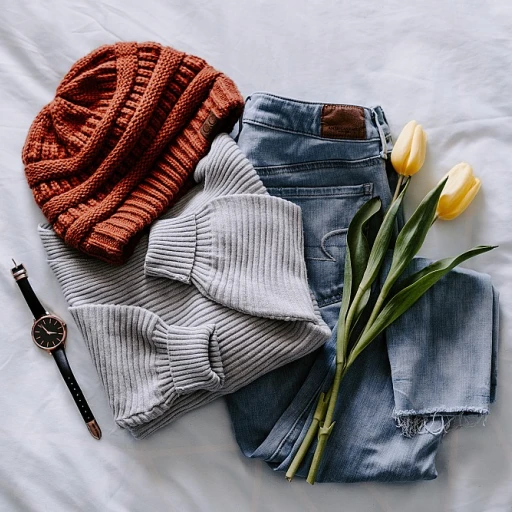
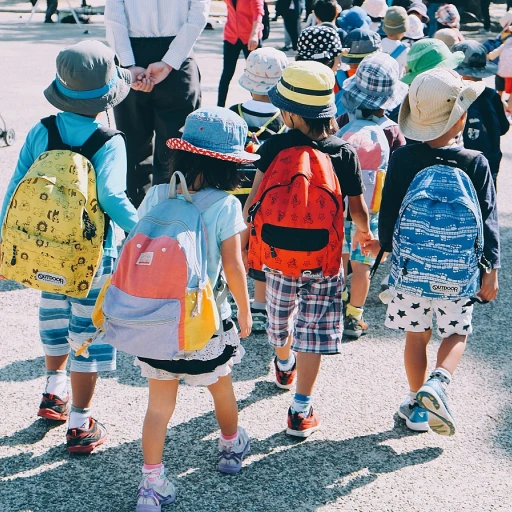
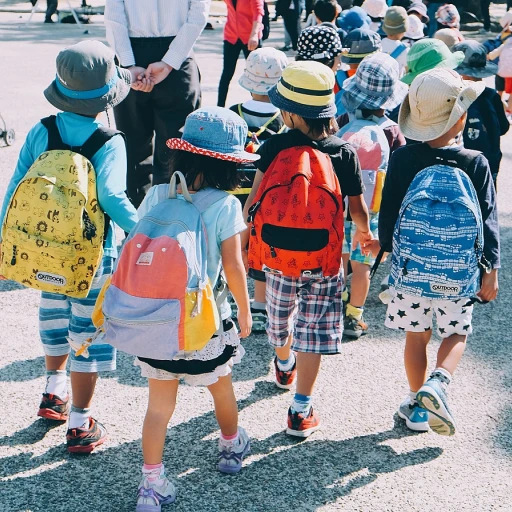
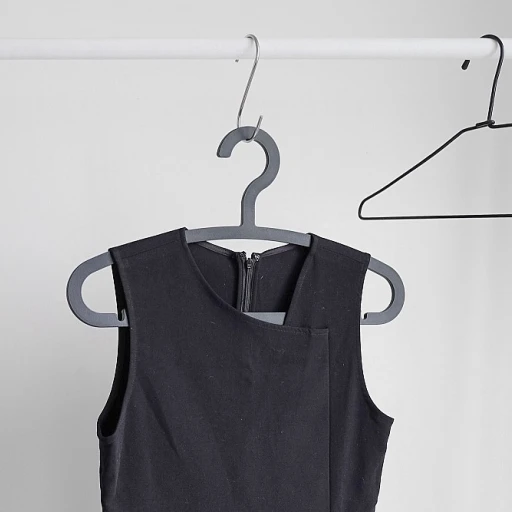
-large-teaser.webp)
